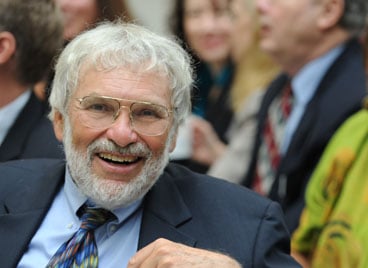
Air Pollution and COVID-19 Mortality Rates

We’ve learned through this crisis that higher levels of air pollution lead to a higher level of mortality from COVID-19. Specifically, a Harvard study concluded that “a small increase in long-term exposure to PM2.5 leads to a large increase in the COVID-19 death rate.” People who lived with long-term pollution exposure for 15-20 years had significantly higher mortality rates. According to the researchers, “if Manhattan had lowered its average particulate matter level by just a single unit, or one microgram per cubic meter, over the past 20 years, the borough would most likely have seen 248 fewer COVID-19 deaths by” April 13. This conclusion is not just true for the United States; “findings in the United States, England, Northern Italy and China have all found that cities with high rates of air pollution are also facing higher COVID-19 death rates.” And, as a matter of ongoing concern, the BBC reported that “scientists have also suggested that air pollution particles may be acting as vehicles for viral transmission.”
Fine particulate matter (PM2.5) primarily comes from fossil fuel combustion, as does most of the rest of our traditional air pollutants, including carbon monoxide, nitrogen dioxide, ozone, sulfur dioxide, ozone, and larger particulates. Fossil fuels are combusted in many different sectors of our economy: for electricity production (coal, natural gas, and oil power plants); in vehicles, ships and planes for the transport of both people and goods; in industrial equipment and as a raw material for other processes; and in our homes, for activities like cooking, heating, and hot water. This air pollution, then, does not come from just one place, and therefore any needed reduction does not affect only one industry. It also easily crosses state borders, and can therefore be present and harm individuals far from where it is emitted, although the most acute effects are often felt in “fence-line communities,” those neighborhoods immediately adjacent to an emitting source.
The EPA is supposed to set standards for those traditional air pollutants at a level “requisite to protect the public health” with “an adequate margin of safety.” Even with the current standards in place, however, more than 110 million Americans in 2018 lived in counties where those standards are not being met for at least one of the traditional air pollutants. (Current and historical data by pollutant and county available here and a good visualization around particulates here.) There is ample evidence of the “routine” impacts of these air pollutants – increased heart attacks, strokes, asthma attacks, bronchitis. Eliminating even part of these health impacts is estimated to save between $14 billion and $34 billion annually.
What COVID-19 has brought into sharp relief is something that public health and environmental experts already knew: there is a lot of uncertainty around what constitutes a “safe” level for any of these pollutants, and the levels that have been set by the EPA currently might not be at a level “requisite to protect the public health.” While EPA should be setting standards that are safe enough for vulnerable sub-populations, scholars have noted that more needs to be done to be truly protective of these groups. This is especially true since low income and minority communities are often the ones living in places with higher levels of air pollution and are being diagnosed with more severe health impacts. In a cruel twist of fate, attribution studies have found those living with higher pollution levels are least likely to be responsible for causing the air pollution choking their communities.
While we cannot change the health impacts already being felt by previous air pollution, we can change the levels of air pollution in all communities going forward. Adding renewable and carbon-free electricity generation helps. Electrifying transportation and the appliances in our homes helps. A rule currently under consideration, however, would go in the opposite direction, disallowing EPA from counting health co-benefits to environmental rules. If the rule takes effect in substantially its current form, it would make it more difficult for policies to be implemented which would mitigate the health disparities observed in communities suffering from traditional air pollutants. When EPA has assessed health co-benefits, the co-benefits from decreasing fine particulate matter (PM2.5) have had the greatest impact from a cost-benefit analysis on EPA rulemakings. The proposed rule would, therefore, make it harder to count as a benefit reductions in the very pollutant to which additional exposure has increased mortality from COVID-19.
Heather Payne is an Associate Professor of Law at Seton Hall University School of Law. She specializes in the areas of energy law, environmental law, evolving regulatory policy, and the implications for property, both real and intellectual. As a former chemical engineer and corporate executive, she brings a deep understanding of both the technical and economic implications of policies to address new realities in a resource-constrained world. Professor Payne's biography and publications are available online.





